Ireland’s most mythical beverage has been around for centuries, and this comprehensive article will dive into the ins and outs of Ireland’s moonshine – poitín.
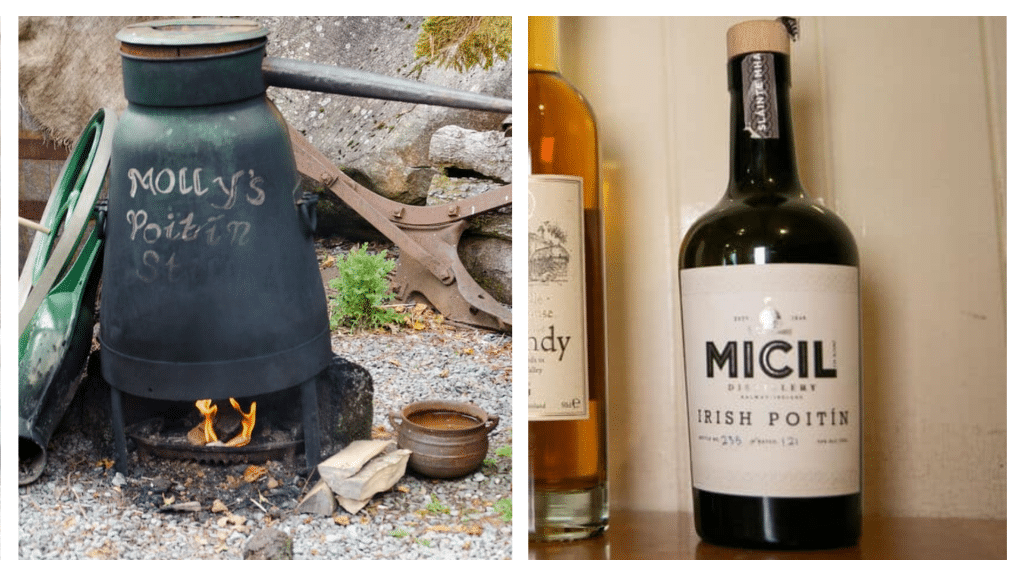
Poitín, also known as poteen or potcheen, is an Irish drink with its fair share of controversy over the years.
From the unlicensed and potentially lethal versions to the modern-day poitín that can be bought over the counter, we look at the history of Irish moonshine and everything in between.
- Ireland’s most mythical beverage has been around for centuries, and this comprehensive article will dive into the ins and outs of Ireland’s moonshine – poitín.
- MII’s five fascinating facts about poitín:
- The history of Irish moonshine – poitín unveiled
- Illegal poitín – Ireland’s version of moonshine
- Moonshine in the US – common during the Prohibition era
- Notable mentions
- Your questions answered about this topic
MII’s five fascinating facts about poitín:
- Poitín dates back to the sixth century, when it was invented by Irish nuns and monks.
- In 1661, the production of poitín was declared illegal, making it the world’s first category of moonshine.
- Irish moonshine typically had an ABV of up to 90%, and today, unlicensed poitín can be found hidden in bars and Irish homes where it’s used in celebrations.
- The word poitín came from the distillation process when it was initially distilled in a small ‘pota’, meaning ‘pot’.
- The typical Irish recipe involved distilling potatoes, cereals, grain, whey, sugar beet, and molasses to create a powerful alcoholic spirit.
The history of Irish moonshine – poitín unveiled
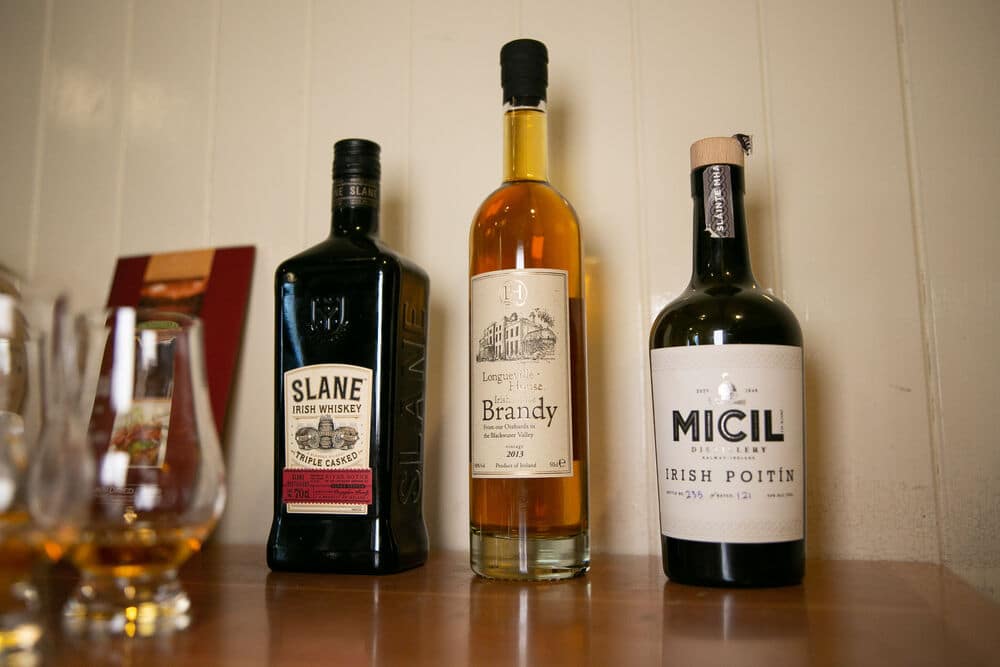
Poitín is the precursor to modern-day whiskey, a spirit renowned worldwide, yet poitín was once so controversial it was deemed illegal. It is said that Irish monks and nuns invented poitín after learning how to distil perfume in continental Europe.
Back in Ireland, many ingredients were used to produce poitín, yet it was not until the 16th century that the Irish potato was included.
As we all know, strong drinks are a tradition in Irish culture, and it all started with poitín, a beverage created with an ABV that could reach 90%. It was because of this incredible strength that it was said people could go blind from drinking Irish moonshine.
As tradition would have it, poitín was typically made from potatoes, malt, yeast, barley, sugar, and water over three weeks. Once it was ready, the result was a clear, aromatic, and potent drink.
It was around 1660 that the English introduced a tax on distilled alcohol, which the stubborn Irish ignored, resulting in the illegal production of poitín.
During this time, the untaxed version of poitín became commonly known as moonshine, and it was normal for people to produce the spirit in their backyards after dark to avoid being caught.
It was in 1760 that the English then introduced a law that prohibited the private production of the spirit and began to enforce another tax on poitín.
Illegal poitín – Ireland’s version of moonshine
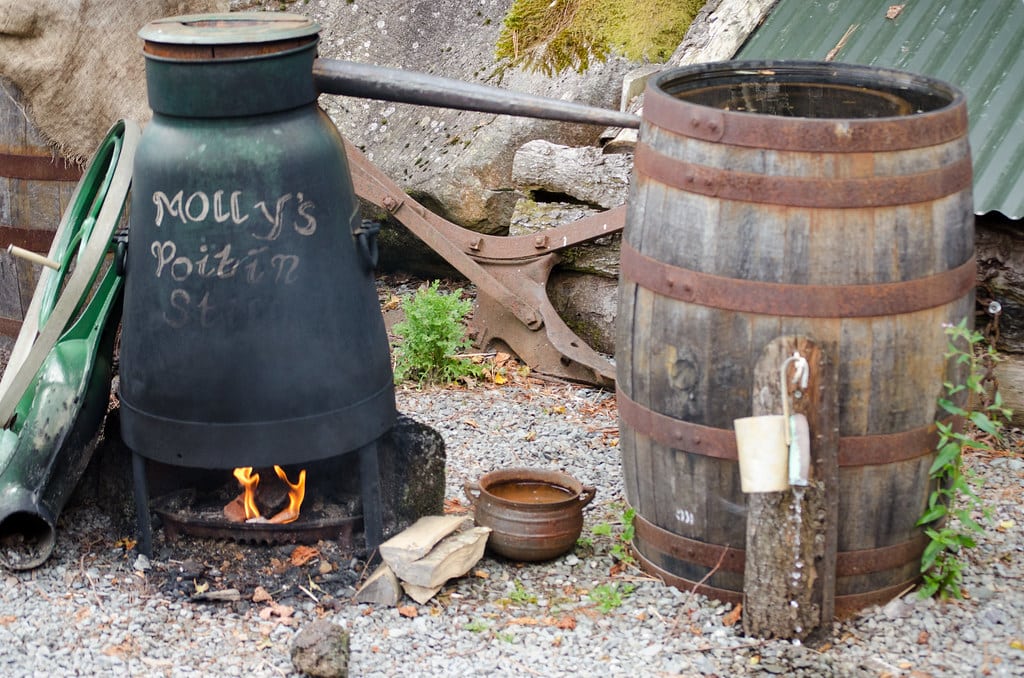
It was during this time that the Irish became known as criminal distillers, continuing to produce illegal moonshine to avoid levies. In County Mayo alone, 200 hidden distillers worked in stills to deliver the good stuff.
During production, the clever Irish would set up stills on land boundaries, where the issue of land ownership could be disputed if they were caught. At the same time, windy weather was favoured by the local producers to disperse the smoke.
It was in the 19th century that the Irish diaspora brought their knowledge abroad, and poitín was being produced in the United States, in the Irish areas of New York City in particular.
Throughout this ban, the production of poitín was almost like a game of cat and mouse, with police always on the hunt for illegal distilleries. Poitín was banned from 1661 to 1997, when the government finally legalised it in the Republic of Ireland but not Northern Ireland.
Moonshine in the US – common during the Prohibition era
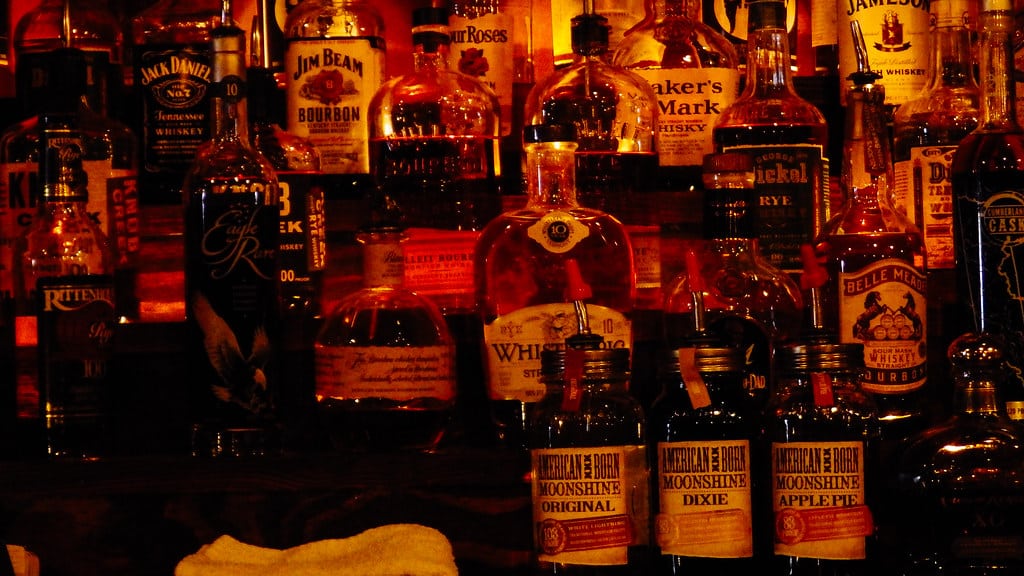
During Prohibition in the United States, moonshine was produced in secret, much like poitín was produced in Ireland, yet there was a difference between the ingredients used.
American moonshine was typically made from cornmeal, while Irish poitín was made from cereals; however, both were produced illegally, and there was a considerable demand for both.
Like poitín, moonshine was also produced during the night, hence the name moonshine, and was created in a DIY fashion, ensuring that no two batches were the same.
Also, like poitín, moonshine has a long-standing history, and to this day, both are still being produced and will essentially be available in one form or another, given the tradition of the spirits.
Many distillers create a legal version that can be bought over the counter and is often used in classy cocktails. However, unlicensed versions can still be found for those who know where to look.
Notable mentions
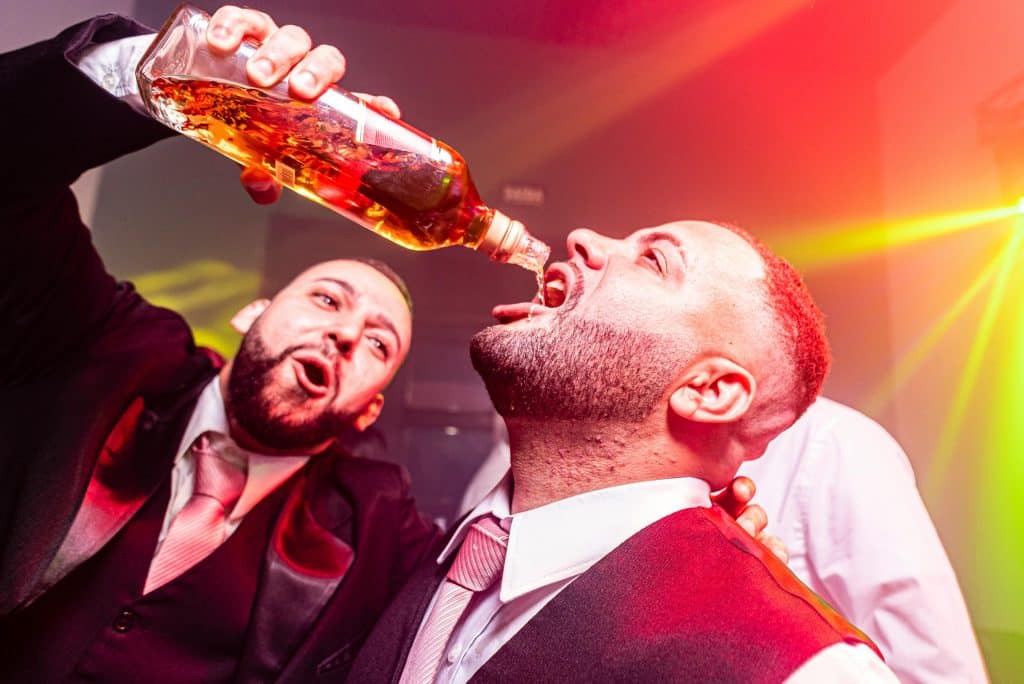
Geographical Indicative Status: The EU conferred this recognition on poitín, meaning it can only be produced and sold under this name when made in Ireland.
Slang: Moonshine is a slang term. It refers to all illegally produced spirits rather than a specific category of alcohol.
Mountain Dew: Now the name of a popular soft drink developed as a whiskey chaser, this was once the nickname of both poitín and moonshine.
Strength: Due to its high alcohol content, poitín is often considered one of the most potent drinks on the planet.
Temperance: The roots of US Prohibition lay in the temperance movement, which was encouraged by Protestants and urged people to resist alcohol.
Your questions answered about this topic
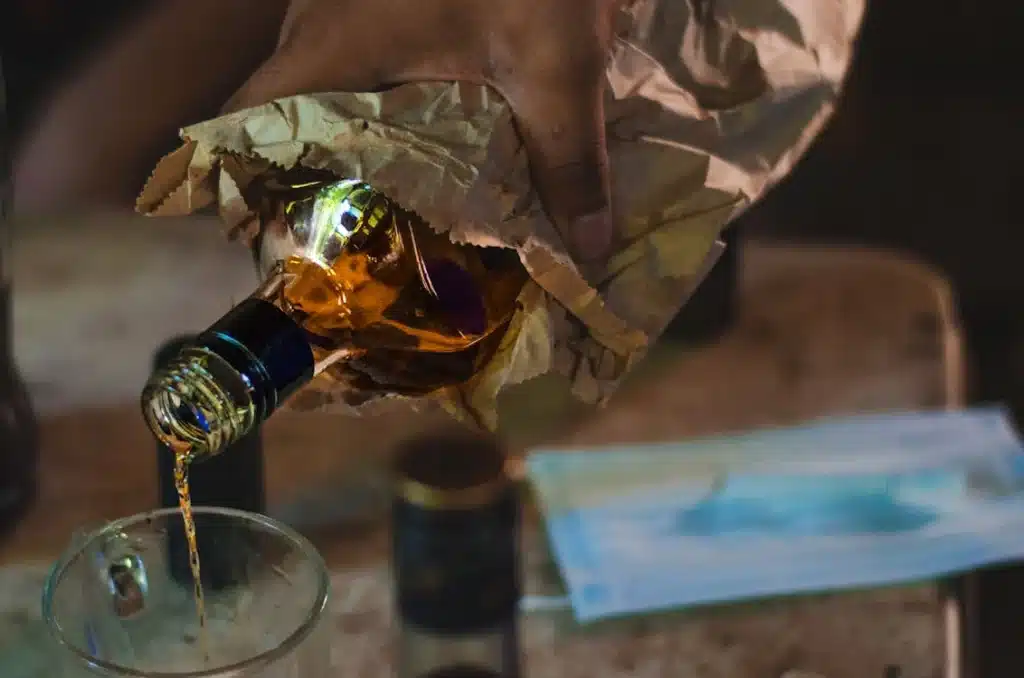
Is moonshine illegal in the US?
The word moonshine insinuates that the beverage has been made illegally, and the act of distilling anything without a permit in the United States remains illegal.
Why is moonshine illegal in the US?
The US government argues that the home distillation process can be highly harmful since no protocols are being followed and there is a high risk of contamination.
Why is moonshine so bad?
Moonshine is particularly dangerous because of its high alcohol content but also because of the way it is produced. Since there is no protocol, every batch is different, just like poitín, which can result in serious health risks.

